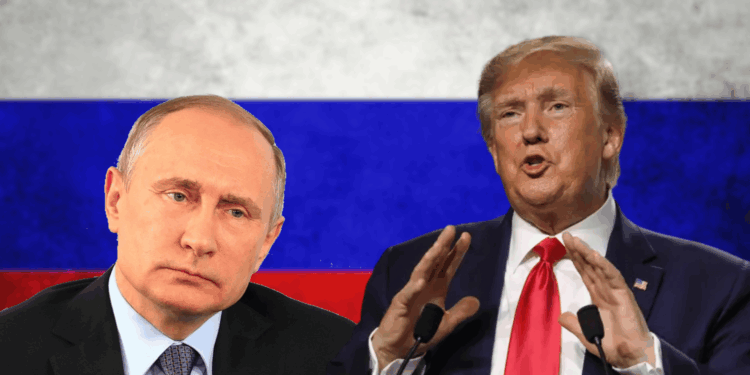- US tariffs on Indian imports will rise to 50% on August 27, risking a 40–50% drop in India’s US-bound exports.
- India is being penalized for Russian oil imports, while larger importers like China and the EU face no similar measures.
- Analysts warn the move will severely weaken India’s trade competitiveness in the US market.
The Global Trade Research Initiative (GTRI) has warned that recently announced US tariffs could sharply reduce India’s exports to America, potentially cutting them by 40–50%. The warning follows Washington’s August 6 decision to impose an additional 25% tariff on all Indian imports, doubling the duty from 25% to 50% effective August 27.
Economic Impact and Scope
With annual exports to the US valued at $86.5 billion, India now ranks among the most heavily taxed American trading partners. The new tariffs are expected to make a wide range of Indian goods—from textiles and machinery to engineering products—significantly less competitive in the US market.
GTRI founder Ajay Srivastava said the measure puts India at a disadvantage compared to countries like China, Vietnam, and Bangladesh, which face lower tariffs.
Why India Was Targeted—And Others Were Not
The White House says the tariffs are a direct response to India’s continued purchases of Russian oil, which totaled $52.7 billion in 2024. However, Srivastava noted that China imported even more—$62.6 billion—without facing similar penalties.
According to GTRI, Washington is reluctant to target Beijing because of China’s dominance in critical minerals such as gallium, germanium, rare earths, and graphite, which are vital for US defense and technology sectors.
Similarly, US allies like the European Union imported $39.1 billion of Russian goods in 2024, including $25.2 billion worth of oil, without attracting equivalent tariffs. Even the US itself bought $3.3 billion in strategic materials from Russia.
Strategic Consequences
The tariff decision underscores a selective US trade enforcement strategy—punishing India while avoiding action against key suppliers of essential materials or political allies. Trade analysts say the move could destabilize India–US trade relations, particularly given the wide coverage of goods affected and the steep increase in costs for American buyers.














